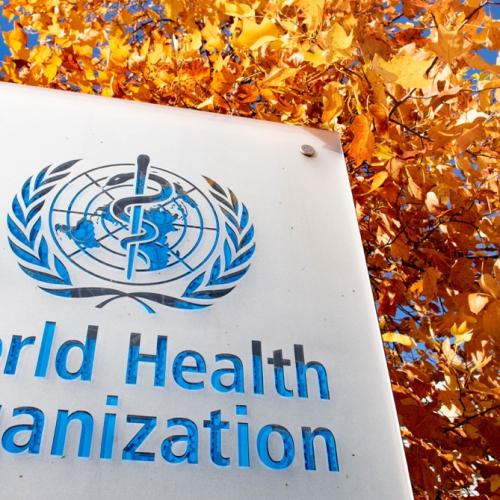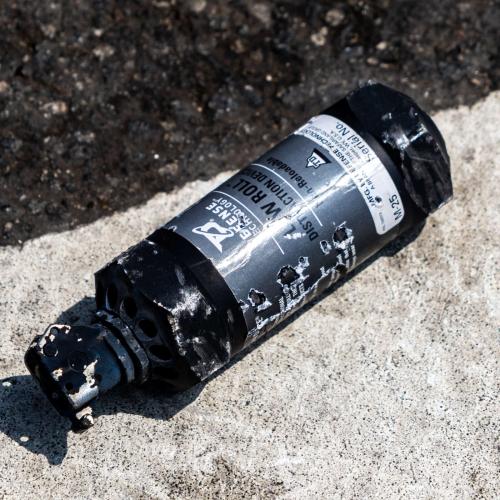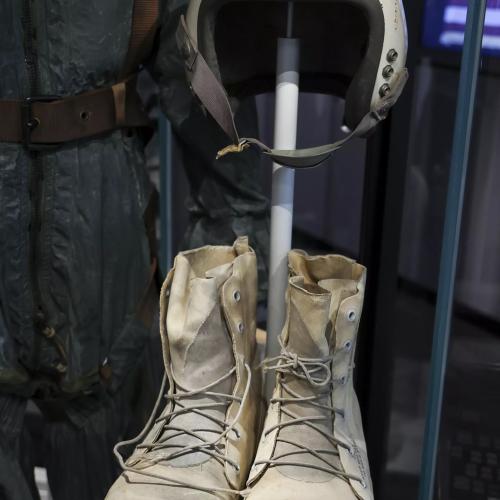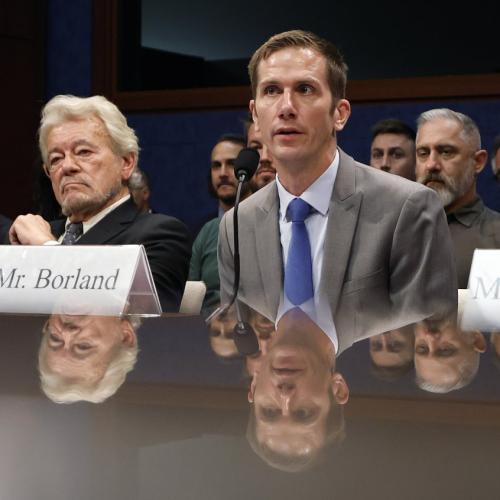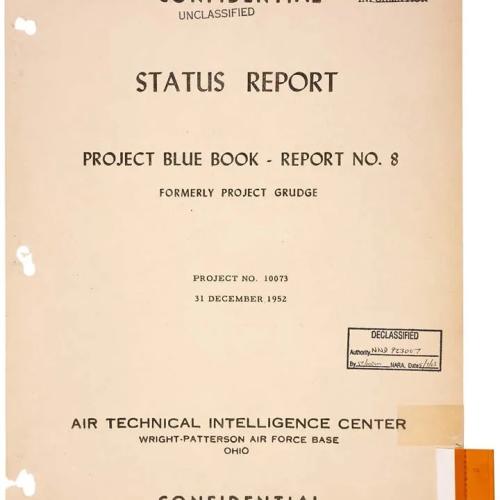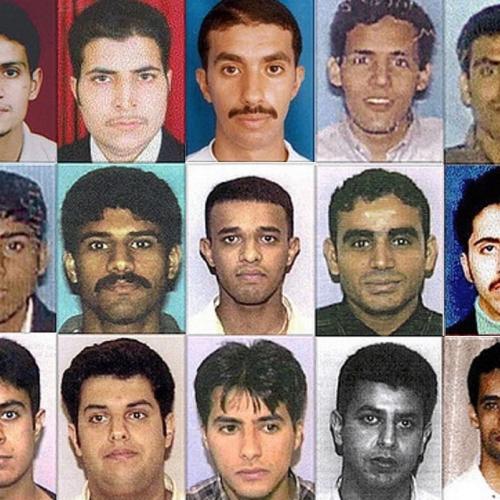Related Stories
Newly Released Data Reveals Air Force Suicide Crisis After Years of Concealment
Key Excerpts from Article on Website of The Intercept

Posted: November 16th, 2025
https://theintercept.com/2025/10/27/air-force-suicide-deaths...
While Defense Secretary Pete Hegseth obsesses over the supposed “softening” and “weakening” of American troops, the Pentagon is concealing the scale of a real threat to the lives of his military’s active-duty members: a suicide crisis killing hundreds of members of the U.S. Air Force. Data The Intercept obtained via the Freedom of Information Act shows that of the 2,278 active-duty Air Force deaths between 2010 and 2023, 926 — about 41 percent — were suicides, overdoses, or preventable deaths from high-risk behavior in a decade when combat deaths were minimal. This is the first published detailed breakdown of Air Force suicide data. In 2022, the National Defense Authorization Act mandated the Defense Department to report suicides by year, career field, and duty status, but neither the department nor the Air Force complied. Congress has done little to enforce thorough reporting. From 2010 to 2023, active-duty maintainers had a suicide rate of 27.4 per 100,000 personnel, nearly twice the 14.2 per 100,000 among U.S. civilians — a 1.93 times higher risk. FOIA records show the most common methods were self-inflicted gunshot wounds to the head and hanging. Other methods included sodium nitrite ingestion, helium inhalation, and carbon monoxide poisoning. [The dataset] shows a troubling pattern of preventable deaths that leaders at the senior officer level or above minimized or ignored, often claiming that releasing detailed suicide information would pose a risk to national security. Current and former service members described a fear of bullying, hazing, and professional retaliation for seeking mental health treatment.
Note: Read about the tragic traumas and suicides connected to military drone operators. A recent Pentagon study concluded that US soldiers are nine times more likely to die by suicide than they are in combat. For more along these lines, read our concise summaries of news articles on mental health and military corruption.
Related Stories
Latest News
Key News Articles from Years Past














